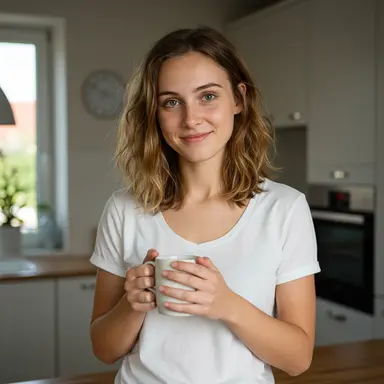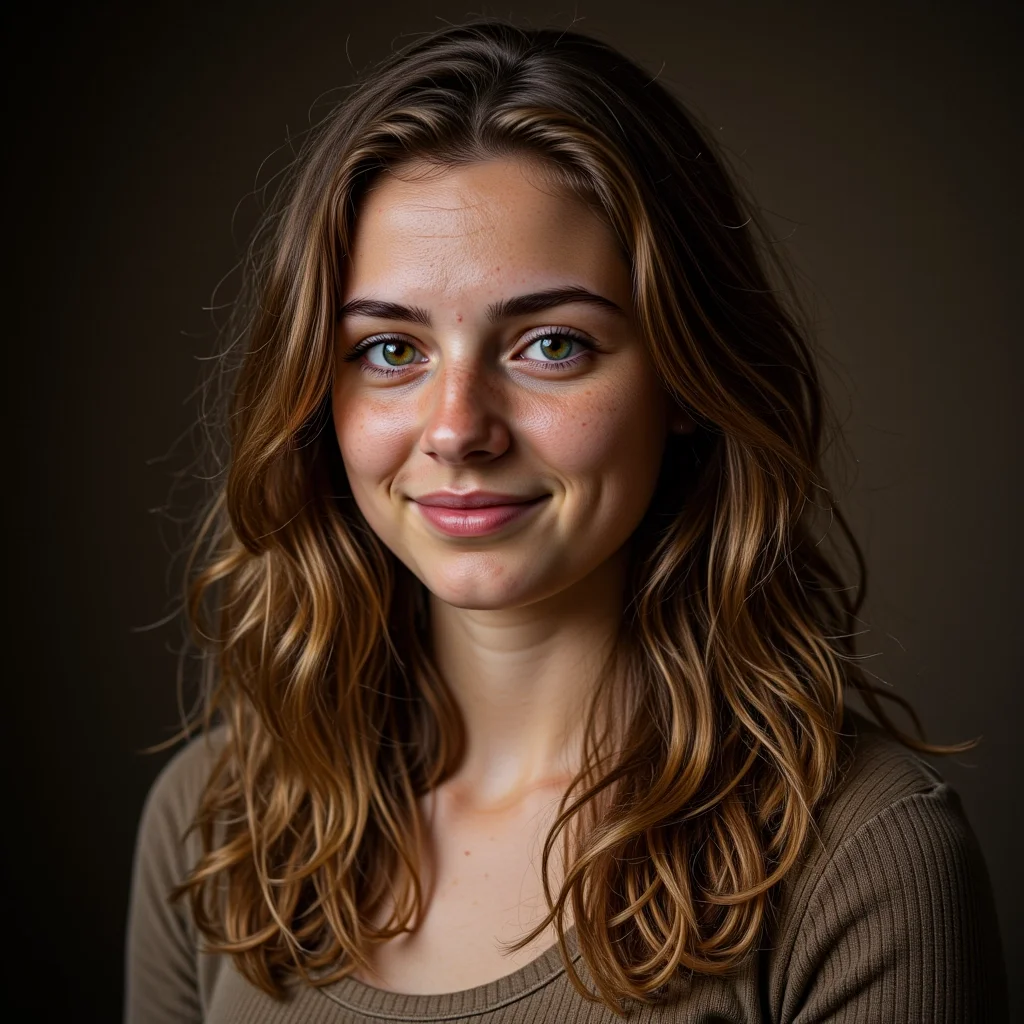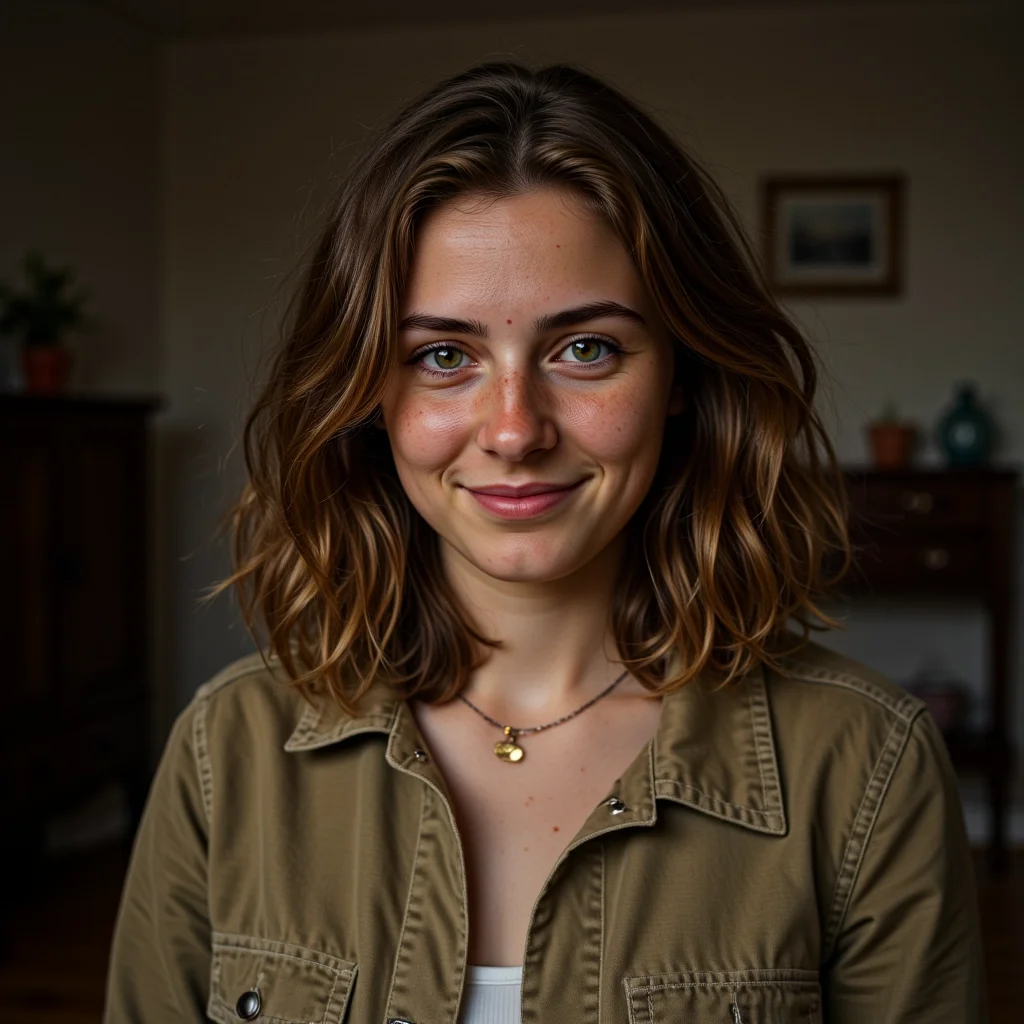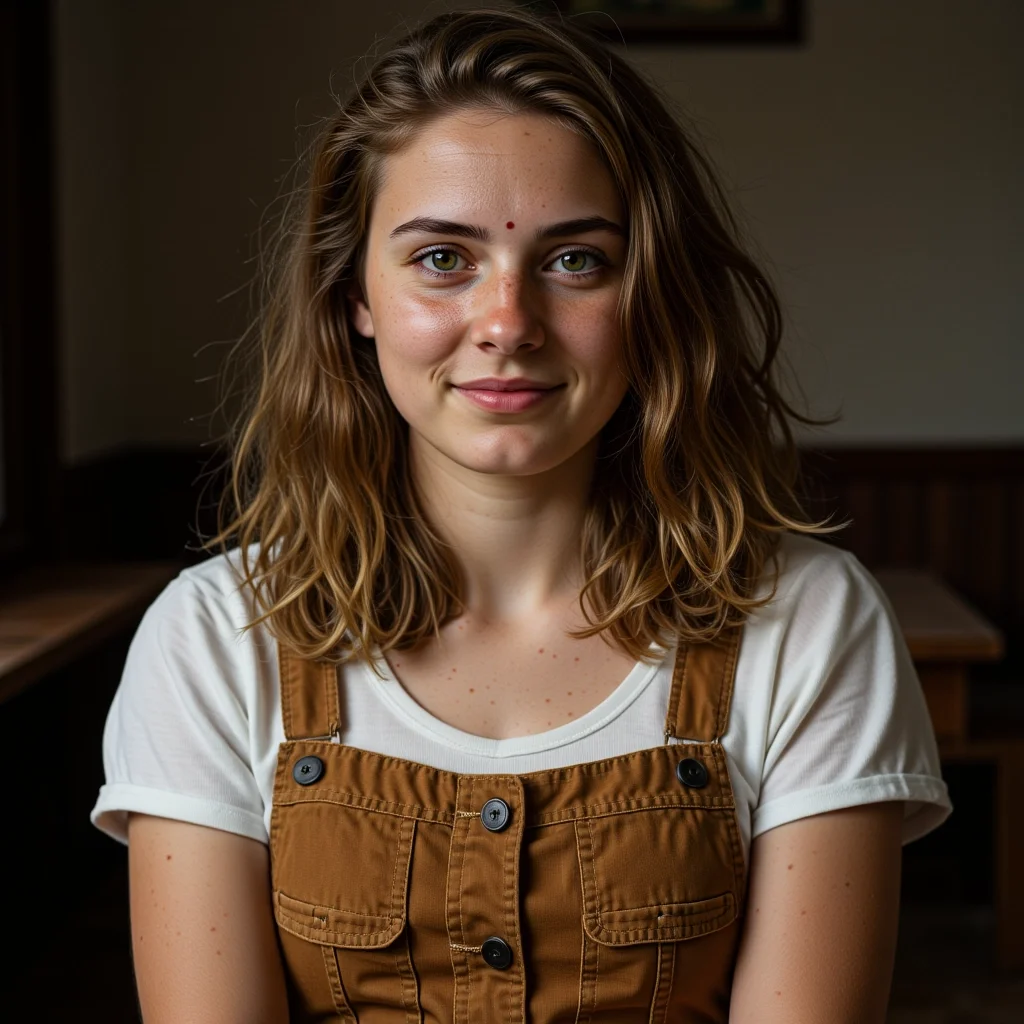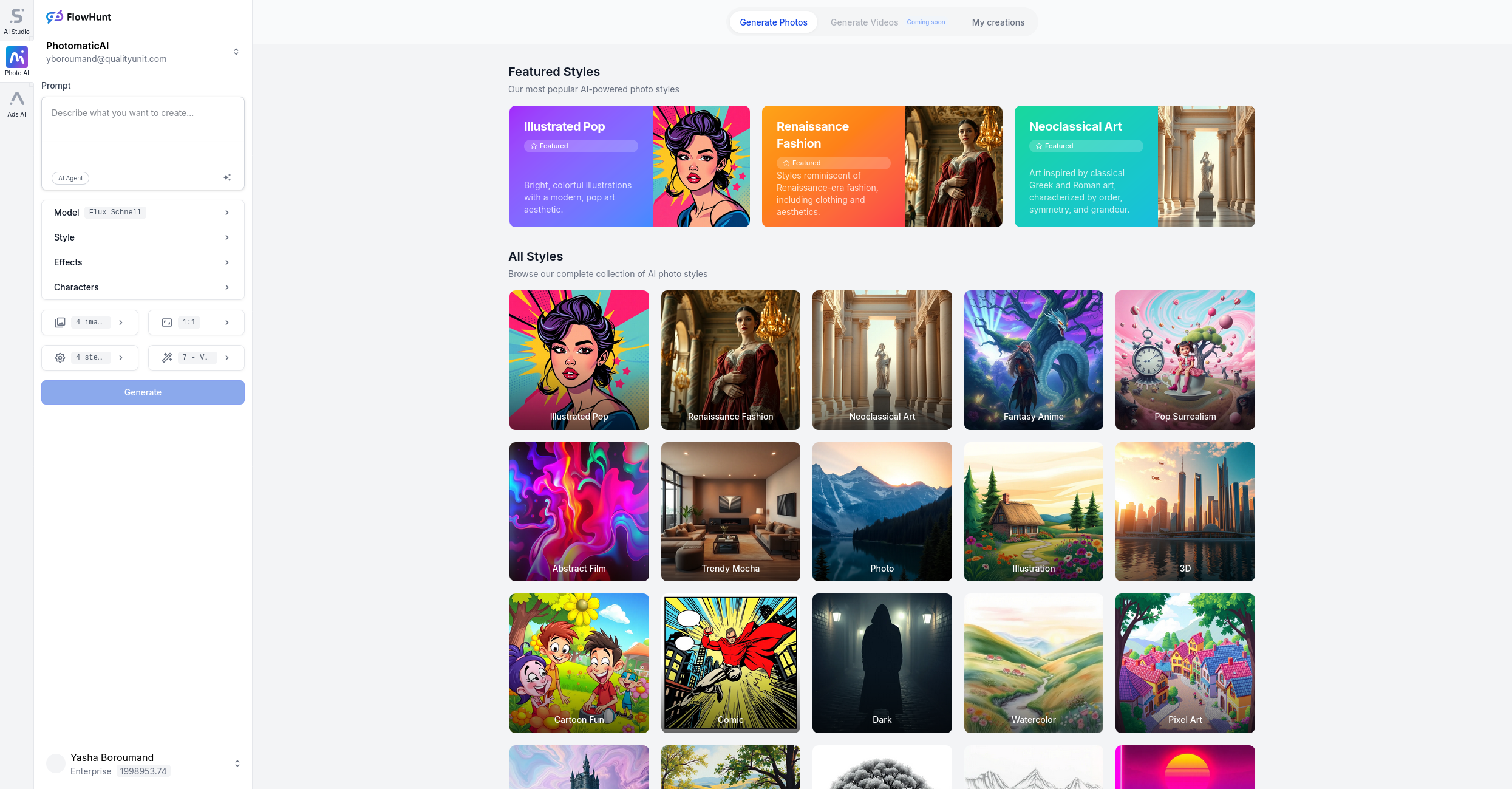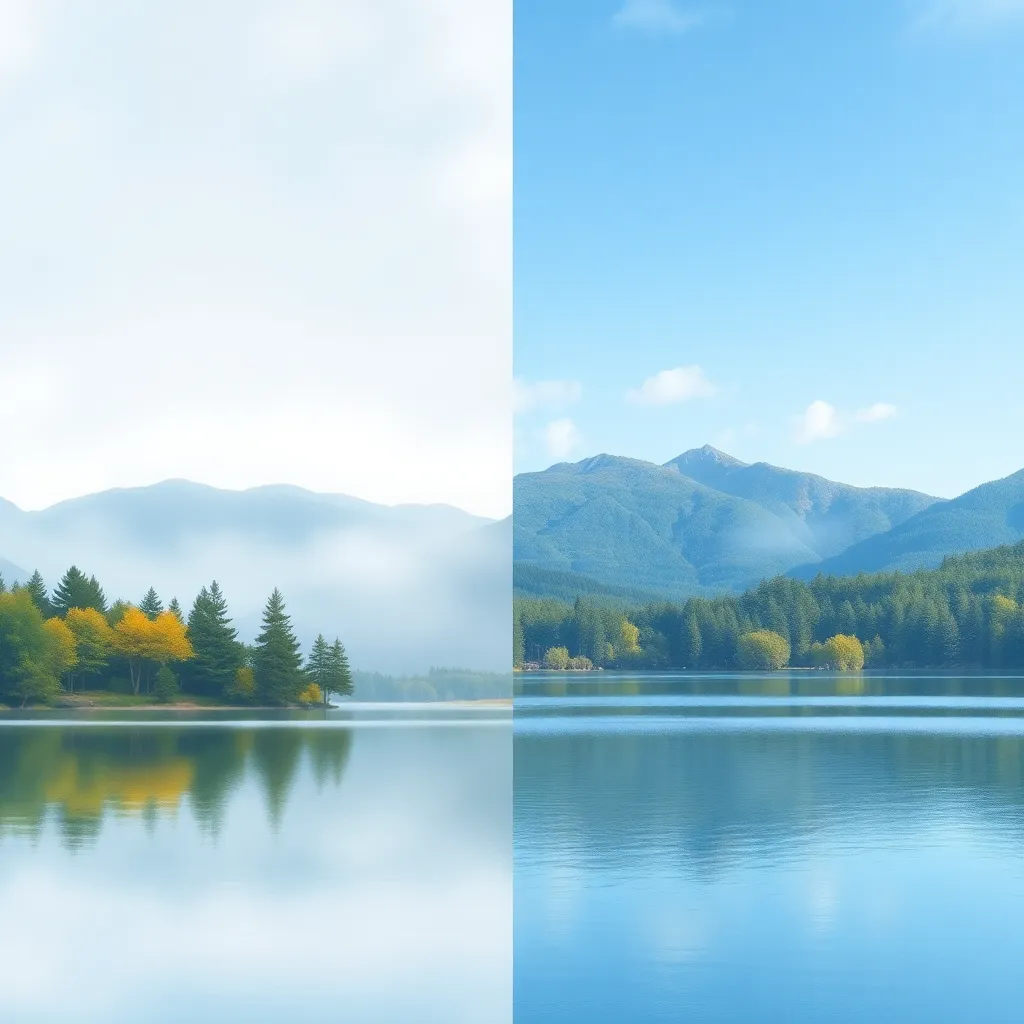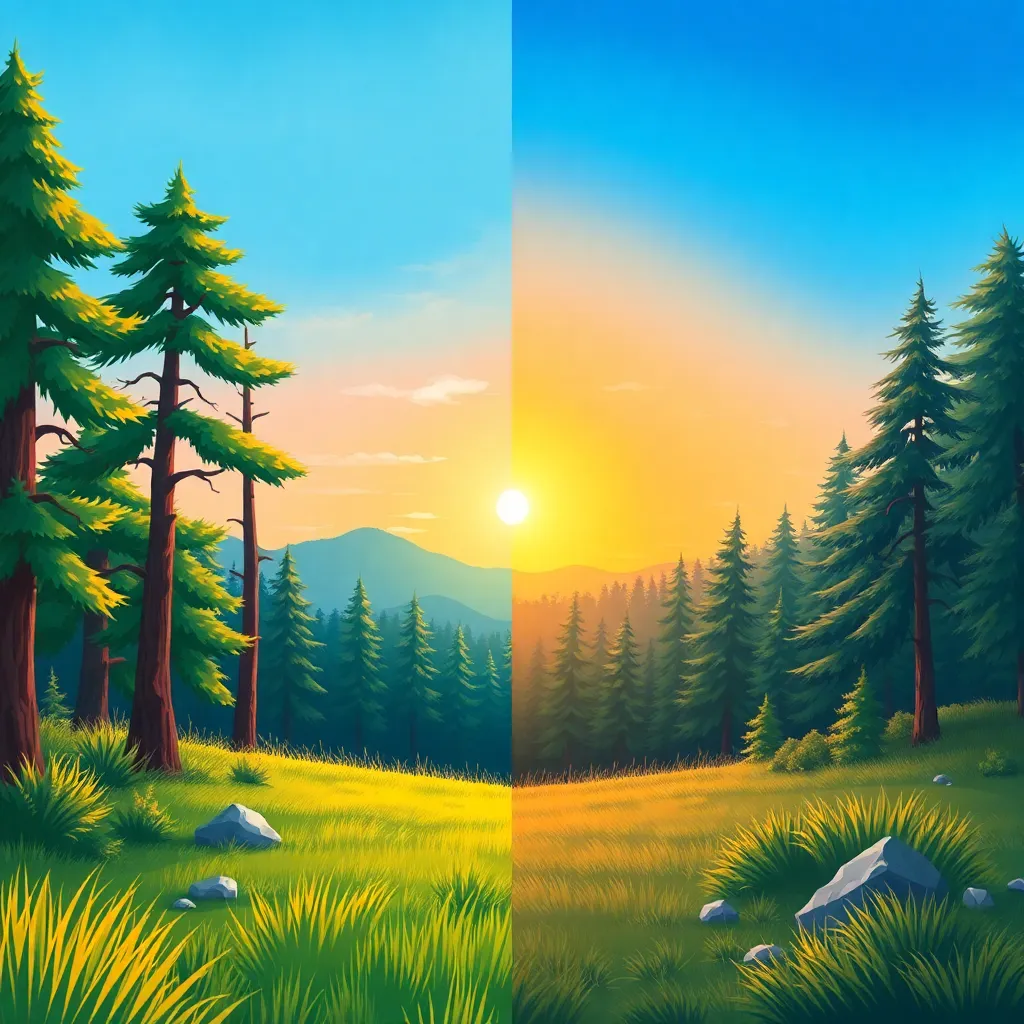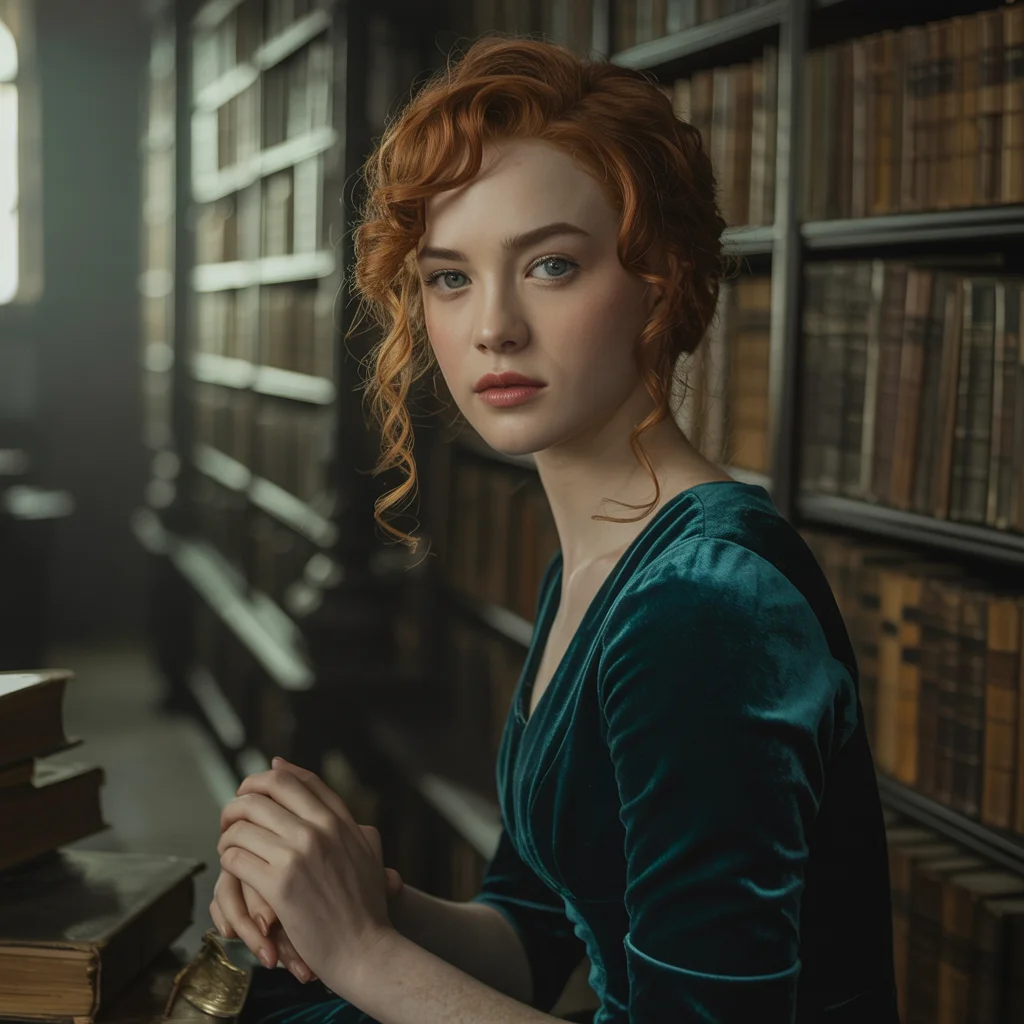
Portrait Style Photo Generator
Portrait Style in photography captures the essence, personality, and mood of a subject, using expert lighting, composition, and background techniques. This time...
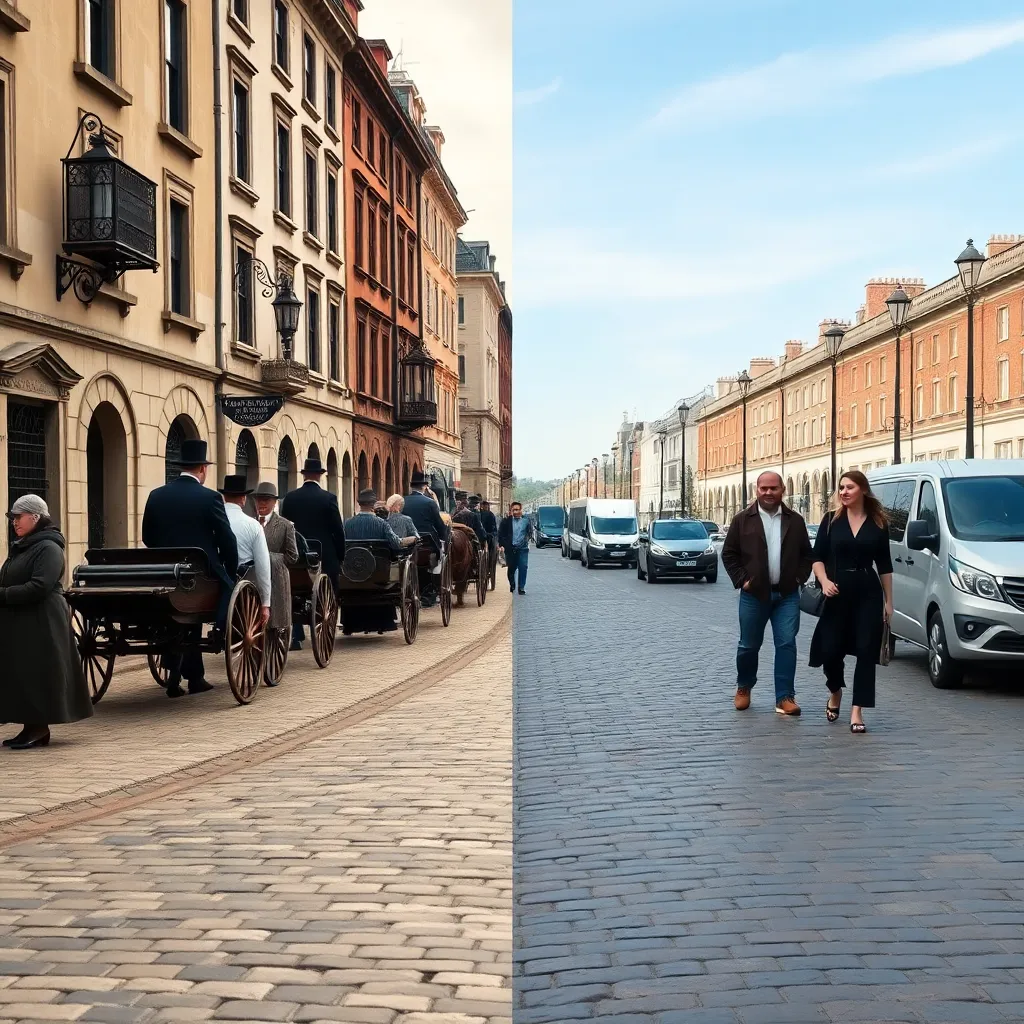
Style
Historical Style is a photographic effect that emulates the visual aesthetics of classic paintings, engravings, and early photographic processes. Characterized by rich textures, muted and earthy color palettes, and dramatic lighting, Historical Style brings a sense of time and authenticity to modern imagery. This effect is highly valued in portraiture, documentary, and educational photography, offering viewers a nostalgic journey into the past.
Train AI Image Models
Train a unique character from your own everyday photos, apply the ready to use Historical AI Image Generator to generate interesting and eye-catching images.
Starting point for AI training is set of your images. More images of same character can be added to improve the model.
Apply ready to use styles and effects on pretrained model or use custom prompt to generate images.
Images generated from the pretrained model
Harness the evocative power of history in your photography with the Historical Style effect. Using our Photomatic AI image generator, you can seamlessly transform modern photos into masterpieces reminiscent of classic paintings and early photographs. Try it now and bring the past to life!
Explore and Generate Your Own AI Images with Historical AI Image Generator
The Historical Style is a photographic and artistic approach that seeks to replicate the visual language of past centuries—particularly the aesthetics found in classical paintings, engravings, and early photography. This style is instantly recognizable for its use of muted, earthy color palettes, textured brushwork, sepia or faded tones, and dramatic, chiaroscuro-inspired lighting. The effect often incorporates elements such as ornate costumes, period-specific props, and authentic settings, transporting the viewer into a different era.
Rooted in the traditions of European portraiture, landscape painting, and documentary illustration, the Historical Style draws inspiration from the Renaissance, Baroque, Romantic, and Victorian eras. With the advent of photography in the 19th century, early photographic techniques such as daguerreotypes and albumen prints also contributed to the development of this style, characterized by their soft focus, subdued colors, and intricate details. Today, the Historical Style is revived and reinterpreted through digital tools and AI, allowing photographers and artists to recreate the grandeur and authenticity of historical imagery in a contemporary context.
The Historical Style is embraced by a diverse range of creators and organizations:
The Historical Style effect enhances images in several distinct ways:
By applying aged textures, subdued color palettes, and period-appropriate lighting, the Historical Style transports viewers into another era. This instantly adds layers of narrative and emotional depth, making each image feel like a window into the past.
The effect replicates the grandeur and technical mastery of classic paintings, imbuing photos with a sense of artistry and sophistication. Ornate costumes, dramatic poses, and carefully composed backgrounds echo the techniques of master painters, elevating the subject matter.
Historical Style unifies diverse elements within a scene—such as architecture, clothing, and props—through consistent use of color grading, texture, and lighting. This creates a harmonious and immersive visual experience.
Through the use of chiaroscuro (strong contrasts between light and dark) and warm, earthy hues, the style evokes nostalgia, drama, and a sense of mystery. These qualities draw viewers in and provoke a strong emotional response.
By accurately referencing historical aesthetics, the style makes educational content more engaging and helps commemorate significant events and figures, making history more accessible and visually captivating.
Perfect for educational materials, museum exhibitions, or theatrical productions, this use case brings legendary personalities and moments to life. The regal portrait of a Renaissance queen (see above) demonstrates how costume, lighting, and painterly textures can transform a modern photo into a convincing historical artwork.
Historical Style accentuates the grandeur and mystery of ancient castles, cathedrals, and ruins. By applying aged effects and period-appropriate color grading, contemporary photos of buildings take on the appearance of centuries-old masterpieces, suitable for history books, travel guides, or fantasy media.
Ideal for textbooks, documentaries, and re-enactments, this style vividly conveys the drama and intensity of significant battles or historic moments. The dynamic depiction of a Napoleonic battle captures movement, emotion, and the chaos of war, immersing viewers in the era.
Capturing medieval markets, village life, or early industrial scenes, this approach brings social history to the forefront. Warm tones and expressive brushwork make these images inviting and relatable, helping audiences connect with the past.
Showcasing pivotal moments like the invention of the printing press, this style is perfect for educational posters, museum displays, or science publications. Detailed textures and atmospheric lighting highlight the ingenuity and labor behind groundbreaking achievements.
Whether it’s the signing of the Declaration of Independence or other iconic events, Historical Style lends authenticity and drama to artistic recreations. These images are invaluable for commemorative publications, exhibitions, and media projects.
When planning your composition, pay attention to costumes, props, and settings that are true to the era you’re emulating. Small details—such as period-appropriate fabrics, hairstyles, and backgrounds—make a significant difference.
Emulate the lighting techniques of classical painters. Use soft, directional light for portraits, and dramatic contrasts (chiaroscuro) for scenes requiring mood and depth. Shadows and highlights should be carefully controlled to mimic candlelight or natural window light.
Layer textures such as canvas grain, cracks, or faded edges to replicate the appearance of aged paintings or photographs. Adjust color grading to favor sepia, ochre, and muted greens or blues, avoiding overly saturated tones.
Each Historical Style image should evoke a narrative or moment in time. Consider the emotions, relationships, and historical context of your subjects, and use composition to reinforce the story.
For a unique twist, experiment with placing modern subjects in historical contexts, or vice versa. This can create a visually striking juxtaposition that sparks curiosity and conversation.
Historical Style is a powerful tool for photographers, artists, educators, and storytellers. By capturing the textures, palettes, and lighting of the great masters, you can create images that transport viewers through time, evoke deep emotions, and add a layer of authenticity and narrative to your work. Whether you’re recreating history for educational purposes, artistic expression, or commercial appeal, mastering the Historical Style will ensure your images stand the test of time.
Automate your image generation with AI Agents
The Historical Style effect is a visual treatment for photos that mimics the look of classical paintings, engravings, and early photographs. It uses textured brushwork, muted color palettes, and dramatic lighting to evoke a sense of history and nostalgia, making modern scenes appear timeless.
You can achieve the Historical Style effect by using specialized filters or presets in photo editing software, or by leveraging advanced AI tools like Photomatic AI. These tools apply period-appropriate textures, colors, and lighting to transform your images into historical masterpieces.
Historical Style is particularly impactful in portraiture, architectural photography, event re-enactments, educational visuals, and artistic recreations of historical events. It is ideal for any project that aims to tell a story from the past or evoke a sense of time and heritage.
Yes, applying the Historical Style effect to modern subjects can create a striking juxtaposition between eras, making for unique and thought-provoking images. It is especially useful in editorial, conceptual, and fine art photography.
Absolutely. Many brands and creatives use the Historical Style effect for book covers, movie posters, educational materials, and advertising campaigns to lend their visuals a sense of gravitas, authenticity, and artistic appeal.
Let us help you automate your marketing tasks. Our platform allows you to create custom AI chatbots, agents, and workflows that can handle a wide range of tasks, from customer support to content generation.
Generate professional marketing visuals in seconds. Our AI creates stunning images that maintain brand consistency across all your campaigns without expensive design services.
Produce large volumes of customized content efficiently. Create hundreds of images, blog posts, and marketing materials simultaneously with our AI automation workflows.
Train AI models on your brand assets to create unique, on-brand visuals for any campaign. Maintain consistent visual identity across all marketing channels with character training technology.
Portrait Style in photography captures the essence, personality, and mood of a subject, using expert lighting, composition, and background techniques. This time...
Pastel Paint Style is a photographic and digital effect that transforms images with gentle, dreamy hues and soft, painterly brushstrokes reminiscent of classic ...
Illustration Style is a vibrant and expressive visual effect that transforms photographs into artwork reminiscent of hand-drawn or digital illustrations. This s...
